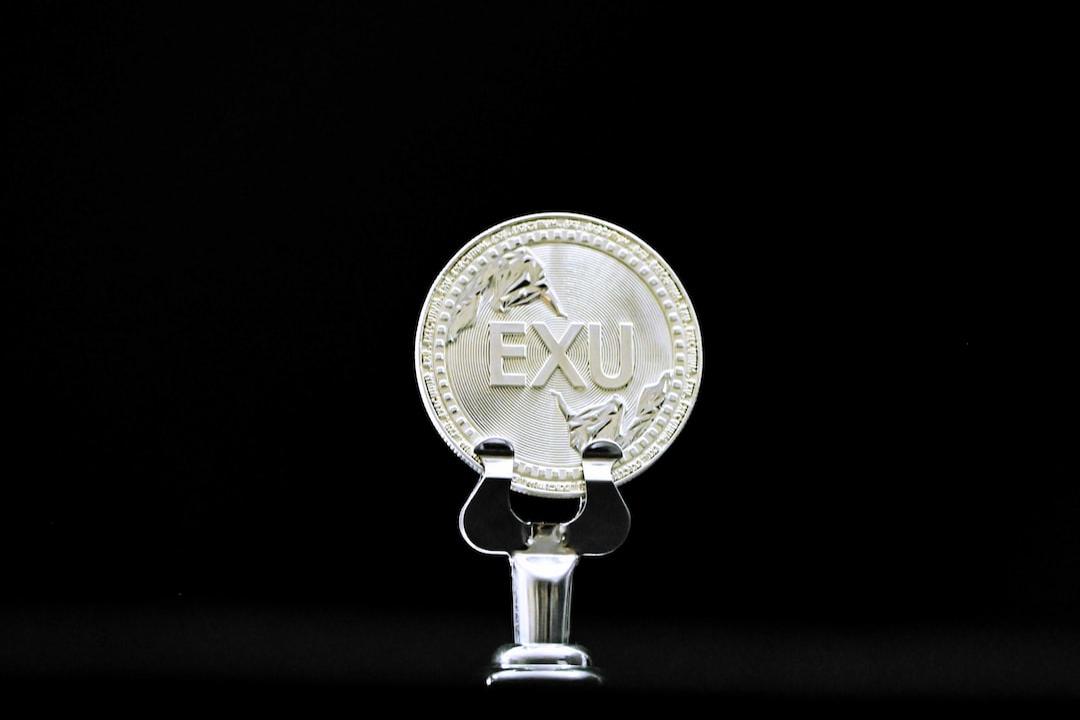Table of Contents
- Event Overview
- Challenges in Clearing DEX vs CEX
- Risk Management Recommendations and Challenges
Event Overview
According to previous reports by Zombit, a major whale trader used Hyperliquid’s clearing engine to exit their highly leveraged position. Specifically, the trader opened a $300 million long position in Ethereum with 50x leverage on a $15 million margin. However, facing such a large position, exiting through a market order directly would result in significant slippage and substantial losses in profit.
Therefore, the whale opted for a more cunning strategy: by withdrawing floating profits, they pushed up the liquidation price. Once the position triggered liquidation, Hyperliquid took over the entire position, transferring the risk. As a result, Hyperliquid’s HLP Vault absorbed a $4 million loss, while the trader exited unscathed, making a full profit.
Challenges in Clearing DEX vs CEX
The CEO of Bybit pointed out that both DEXs (such as Hyperliquid) and CEXs (such as Bybit) face similar challenges when dealing with whale liquidations. When large positions trigger liquidation, the exchange’s clearing engine typically takes over the entire position and bears the potential losses. The Hyperliquid event highlighted the vulnerabilities of DEXs in high-leverage environments, especially the lack of risk management tools available at centralized exchanges.
He further explained that Hyperliquid has reduced overall leverage (for example, Bitcoin leverage decreased from higher levels to 40x and Ethereum to 25x), which is an effective but potentially business-impacting measure, as high leverage is a key factor in attracting users. However, while reducing leverage reduces liquidation risks, it may also push high-return-seeking traders to other platforms.
Risk Management Recommendations and Challenges
The CEO of Bybit proposed several potential solutions to address the challenges posed by the large liquidation event on Hyperliquid.
Firstly, he mentioned a dynamic risk limit mechanism, designed to automatically reduce leverage as positions grow (such as reducing leverage to 1.5x on CEXs). However, DEXs, due to the lack of KYC requirements, make it easier for traders to open multiple accounts and bypass restrictions. Secondly, DEXs could introduce risk management tools from CEXs, such as market monitoring and total position limits. Lastly, he recommended innovative liquidation mechanisms, suggesting that even though Hyperliquid has reduced leverage (Bitcoin to 40x, Ethereum to 25x), stricter management or further leverage reductions are necessary to prevent abuse.

